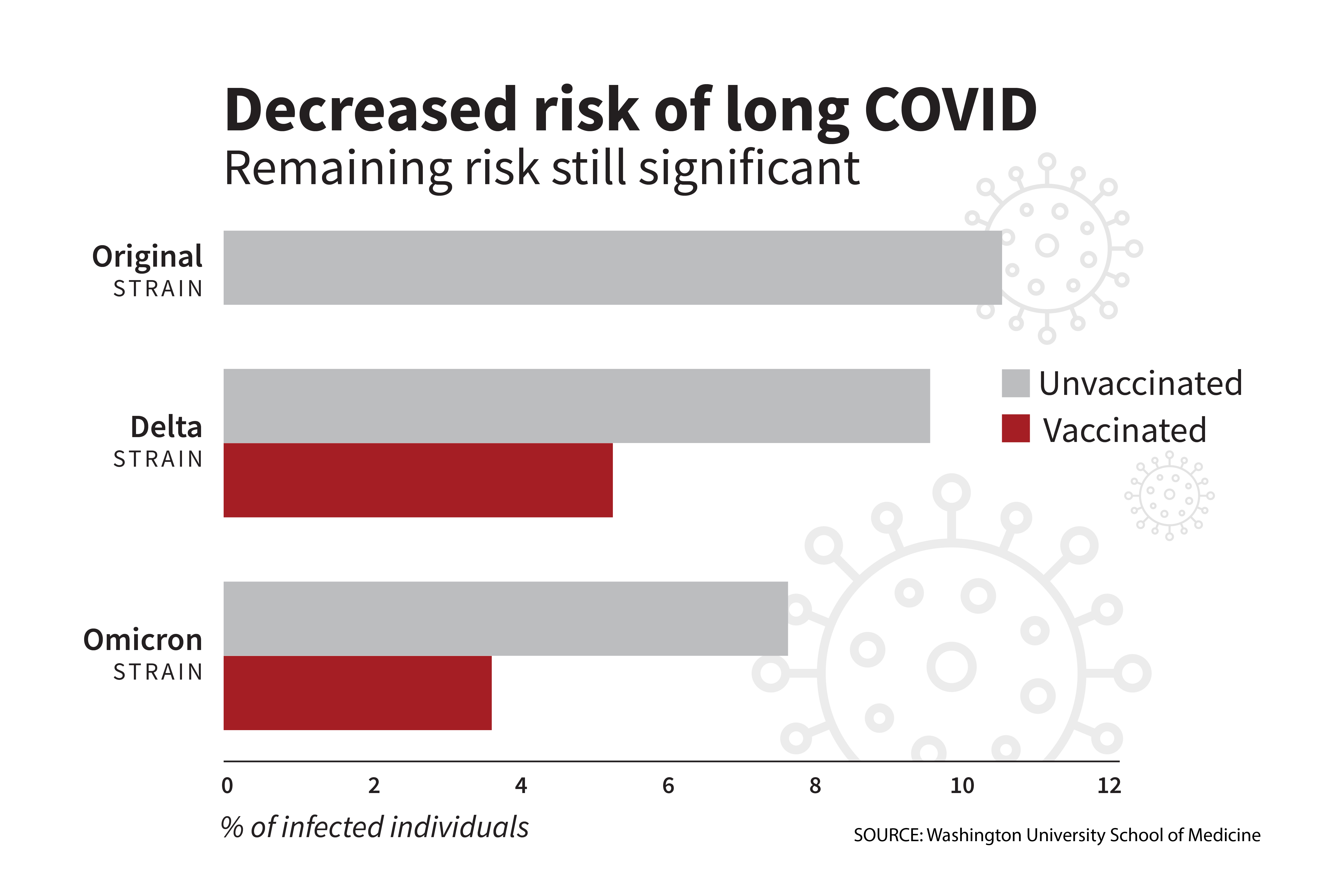La gente ha escuchado durante años que el cambio climático está teniendo un impacto significativo en los patrones de vegetación de las plantas e influyendo en cómo se produce el polen y el moho. Un nuevo estudio que se presentará en la Reunión Científica Anual del Colegio Americano de Alergia, Asma e Inmunología (ACAAI) de este año en Boston mostró que, en Chicago, ha habido un aumento significativo en la sensibilización al polen y al moho en pacientes con alergias nasales.



